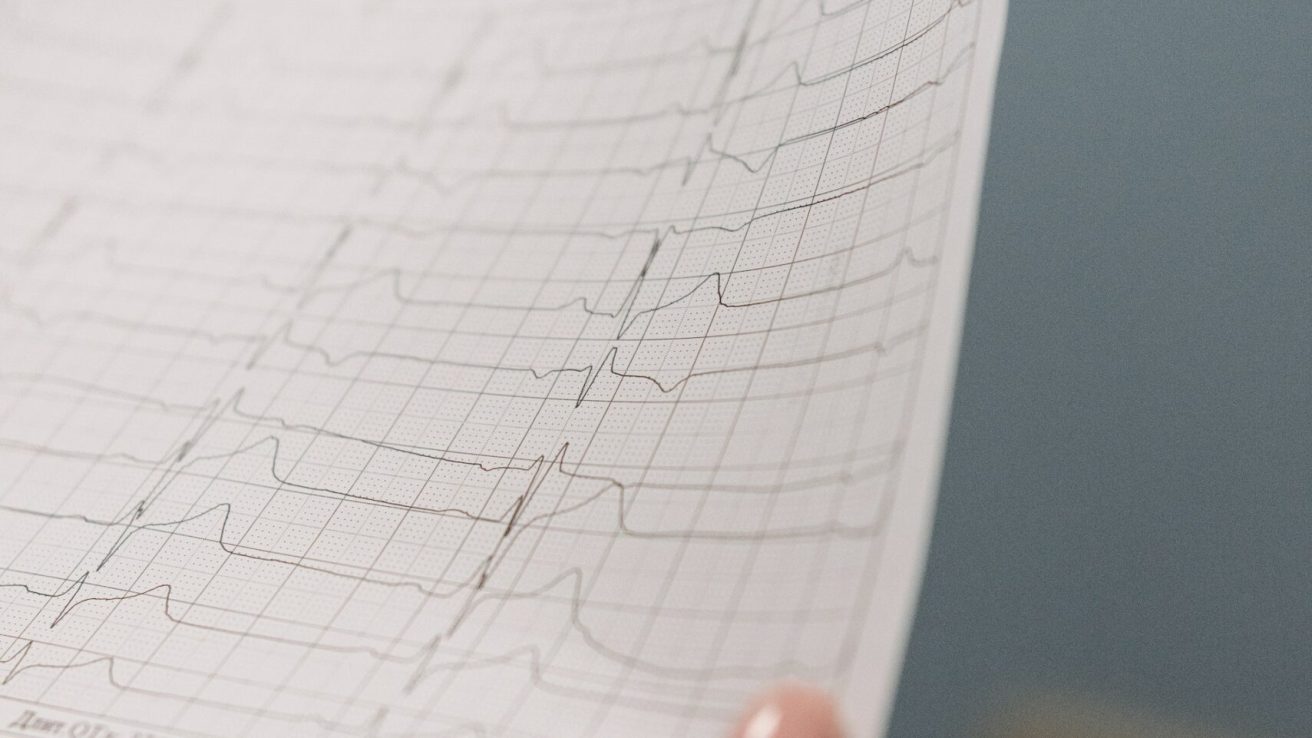Medically reviewed by Dr. Shani S. Saks, D.O. on July 27, 2023![]()
Left atrial function evaluated by speckle tracking echocardiography is significantly impaired in cardiac amyloidosis patients compared to hypertrophic cardiomyopathy patients and healthy controls.
Left atrial (LA) function assessment is crucial for gauging left ventricular filling in various cardiovascular conditions. Cardiac amyloidosis (CA) causes increased left ventricular (LV) thickness, diastolic dysfunction, and progressive LA dilatation and dysfunction. Increasing LA size correlates with adverse outcomes in CA.
A study in the Journal of Cardiovascular Development and Disease evaluated LA function and deformation using strain by speckle tracking echocardiography in CA patients compared to sarcomeric hypertrophic cardiomyopathy (HCM) patients and healthy controls (HCs).
Study Population
The study comprised 100 patients, of whom 33 were CA patients, 34 were HCM patients, and 33 were HCs. In the CA group, the median age was 68 years, and 72.7% were males. Most (69.8%) were categorized as New York Heart Association class 2.
Echocardiographic Findings in CA Patients
Atrial strain parameters were compromised in CA patients, with the following median values: LA strain (LAS)-reservoir 9%, LAS-conduit −6.7%, LAS-contraction −3%. All CA patients had left ventricular hypertrophy. The mean ejection fraction (EF) was 50%, and the median tricuspid annular plane systolic excursion (TAPSE) was 18mm. Markers of diastolic dysfunction were present, with increased median left atrial volume index (LAVi) and increased E/e’ (ratio between the E wave of mitral flow and e’ at tissue Doppler). LV global longitudinal strain (LV-GLS) was markedly reduced.
There was a significant correlation of LAS-reservoir with LV mass index, LAVi, E/e’, GLS (negative correlation), of LAS-conduit with age and GLS (positive), and of LAS-contraction with E/e’ and GLS (positive).
Comparison With Hypertrophic Cardiomyopathy and Control Groups
CA patients had significantly lower values for LAS-reservoir and lower (but statistically non-significant) values for LAS-conduit and LAS-contraction than HCM patients. CA patients had significantly lower LV-EF and LV-GLS and significantly higher E/e’ than HCM patients, with a different pattern of hypertrophy distribution and strain alterations.
All atrial strain parameters were significantly impaired in CA patients compared to HCs. CA patients also had significantly reduced LV-EF, TAPSE, and LV-GLS and significantly increased LAVi and E/e’ compared to those in HCs.
Preserved and Reduced Ejection Fraction Clinical and Echocardiographic Parameters
CA patients were further stratified into two groups based on EF: preserved >50% (CApEF, n=20) and reduced <50% (CarEF, n=13). The CApEF patients were significantly younger with slightly higher systolic blood pressure than the CArEF patients. The median EF was 55.5% in CApEF and 37% in CarEF groups. LV-GLS was significantly lower in CarEF patients. Atrial strain parameters and markers of diastolic dysfunction were more impaired in CarEF than CApEF patients, but the differences were not statistically significant except for LAS-conduit. Atrial strain parameters were lower (but statistically non-significant) in the CApEF than in the HCM group.
Source
Monte, I., Faro, D. C., Trimarchi, G., De Gaetano, F., Campisi, M., Losi, V., Teresi, L., Di Bella, G., Tamburino, C., & De Gregorio, C. (2023). Left Atrial Strain Imaging by speckle tracking Echocardiography: The supportive diagnostic value in cardiac amyloidosis and hypertrophic cardiomyopathy. Journal of Cardiovascular Development and Disease, 10(6), 261. https://doi.org/10.3390/jcdd10060261










